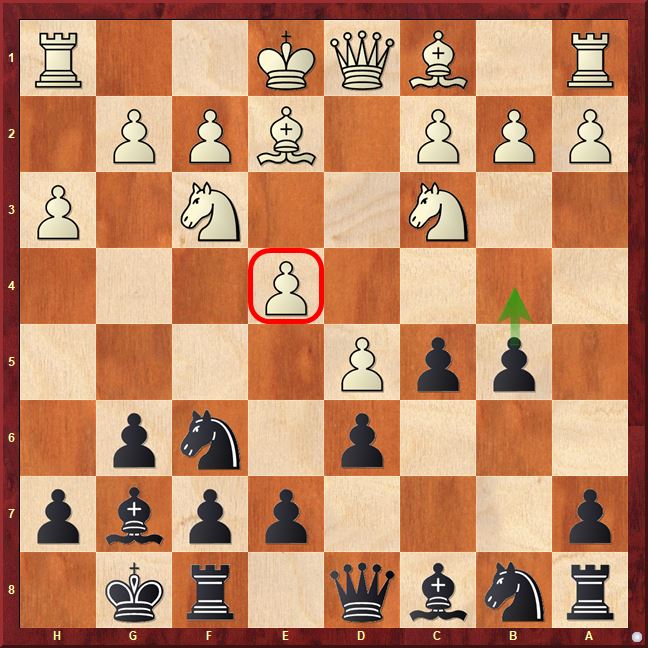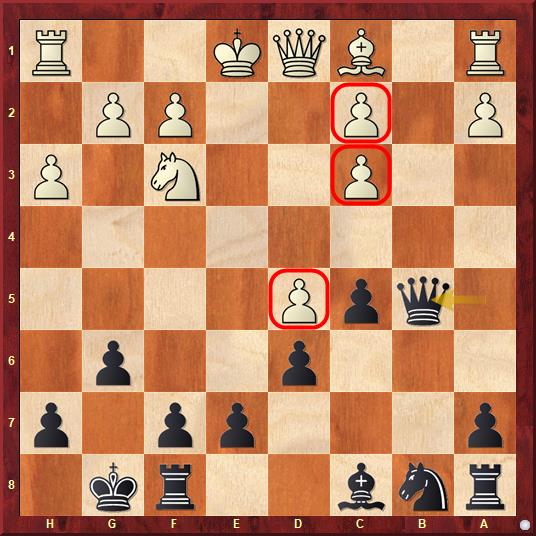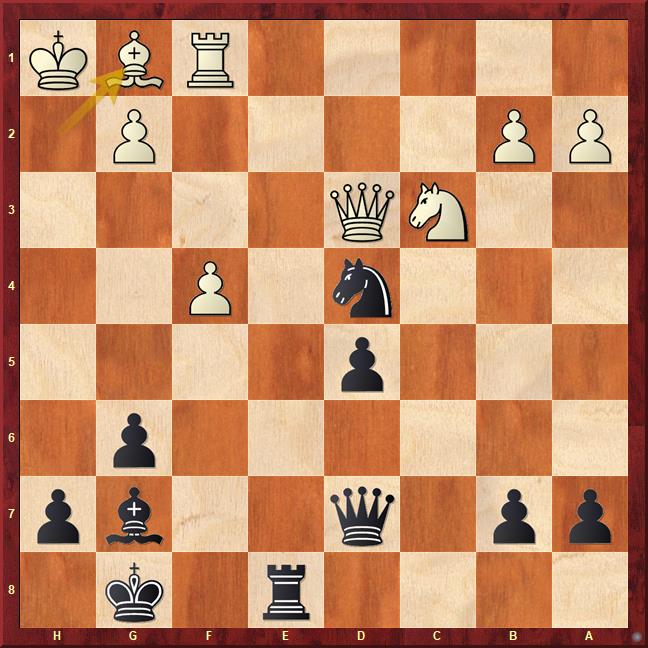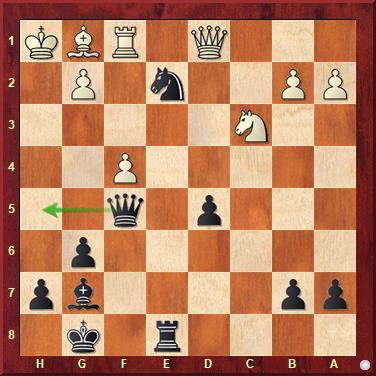Have you ever felt that, no matter how many times you solve a million tactics exercises, you still miss simple tactics? What are you doing wrong? Maybe what you’re missing is “Hacking Tactics”!
But what are Hacking Tactics?
We will call Hacking Tactics those tactics that are not used as kill attacks/direct attacks, but are tactics that help us gain some strategic advantage, be it exchanging a bad piece, changing the pawn structure in our favor, in other words, acquire some positional advantage! Learning this type of tactic will expand your positional resources forever.
But can this happen at the opening?
Let’s go to our first example:

This position comes from a Pirc Defense. Black made the move …c5, breaking through to the center, and White automatically responded with the move d5. In this type of position, White has firm control of the center, and Black needs to fight against this. One idea that comes to mind is to prepare the break …a6-…b5, but if we play …a6, White will respond with a4, blocking our advance. Another typical break is the move …e6, which is possible here. But in this position, there is a very thematic move that uses our Hacking Tactics theme: Can you find out what it is?

1…b5! By “sacrificing” a pawn, Black is able to take advantage of White’s king in the center, for example: If White plays 1.Nxb5 Nxe4, and Black was able to exchange a flank pawn for a central pawn, which helps them. So, the critical answer is the move 2.Bxb5. However, Black can play the same 2…Nxe4!, since after 3.Nxe4 Qa5+ 4.Nc3 Bxc3+ 5.bxc3 Qxb5, we arrive at this position:

Black managed to recover the material, but above all they broke White’s center, the white king cannot castle and there is a position of opposite colored Bishops on the board, and the white king is more exposed than the black king.
Hacking Tactics: Tactics when converting advantages
Of course when we are trying to convert an advantageous position, we want to try to keep everything as simple as possible. But if we can use tactics to make our jobs easier, we SHOULD use them! Look at the position below:

Black has an extra pawn, but White has just threatened the Knight, and if the Knight leaves, the d5-pawn will fall. Can you find a way to maintain Black’s advantage?
Black played move 1…Qf5! attacking the Queen and threatening mate on h5. White responded with 2.Qd1, trying to maintain the threats. And now, what would you do?
Simple: The same idea forces White to simplify the position after 2…Ne2!

Black threatens …Ng3, the game continued with 3.Nxe2 Qh5+ 4.Bh2 Rxe2, and Black has a great material and positional advantage. When you see it, it seems simple, doesn’t it?
Hacking Tactics: Using a tactic to improve a piece’s position
We can also use tactics to improve the placement of our pieces. A sqaure that superficially could not be accessed can be used via tactical resources, as in the position below:

In this position, the pawn structure is very symmetrical, without any imbalance. Moves like …h6/…Qc6 would cross your mind, and are completely normal. But here Black found a way to upset the White position. How would you play?

1…Nd4! Attacking the c2-pawn, and White cannot take the knight due to the e1 rook and problems on the last rank. Of course it’s not the winning move, but it helped Black improve his position, even if just a little. That’s what positional play is for!
Hacking Tactics: Using a tactic to trade our worst piece
We also need to be careful to identify our best and worst pieces, and try to exchange our worst for the opponent’s best. Look at the position below:

The position above comes from a modern defense, but the pawn structure is very typical of King’s Indian. What do you think is Black’s most passive piece?
The typical problem for Black in these positions is the Black-Square Bishop, which often ends up being very limited by Black’s own pawns. Therefore, a typical resource to exchange the black-squared Bishops is the move 1…Bh6! to when 2.Bxh6 Qh4, and Black managed to exchange the worst piece and, along with that, alleviate the lack of space somewhat.

Conclusion
Obviously, direct attacks are very cool and satisfying to carry out. But whenever we can use tactical themes to improve our pieces, we should use them! And to expand your Hacking Tactics repertoire, FM Viktor Neustroev has prepared a complete course for you to master this subtle art of tactical themes!
To redeem your offer, click here and enter the exclusive code VIKTOR60 for a 60% discount, for ChessLance visitors only! Click here to get Hacking Tactics, and change your chess today!
Join our club on chess.com!
Follow us on Facebook!
You can see more articles by clicking here!
